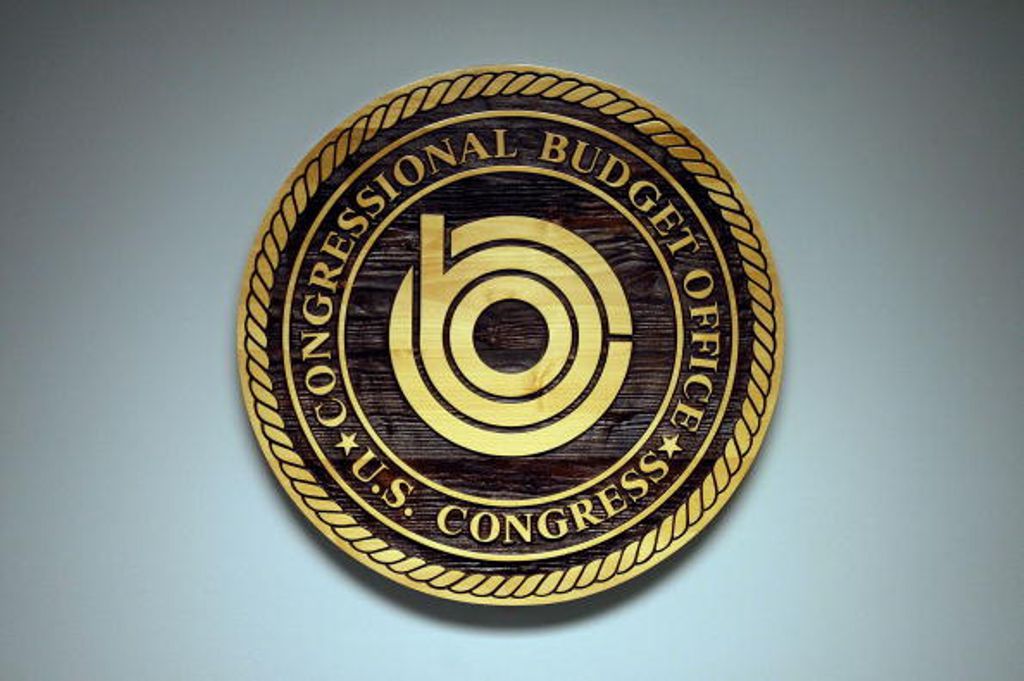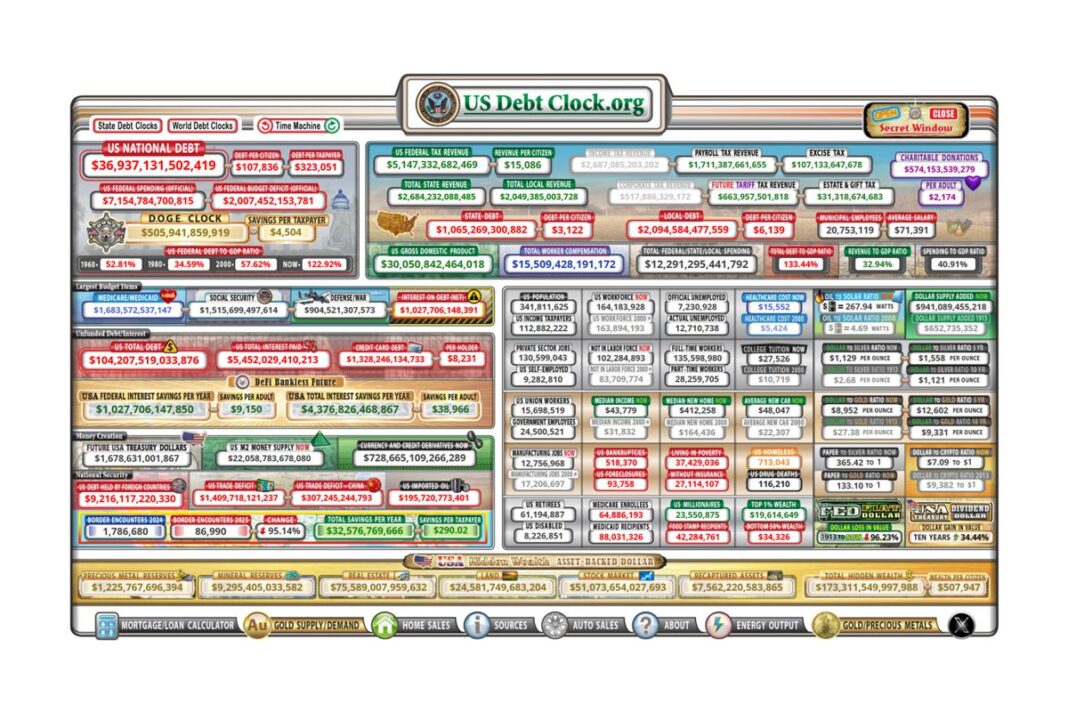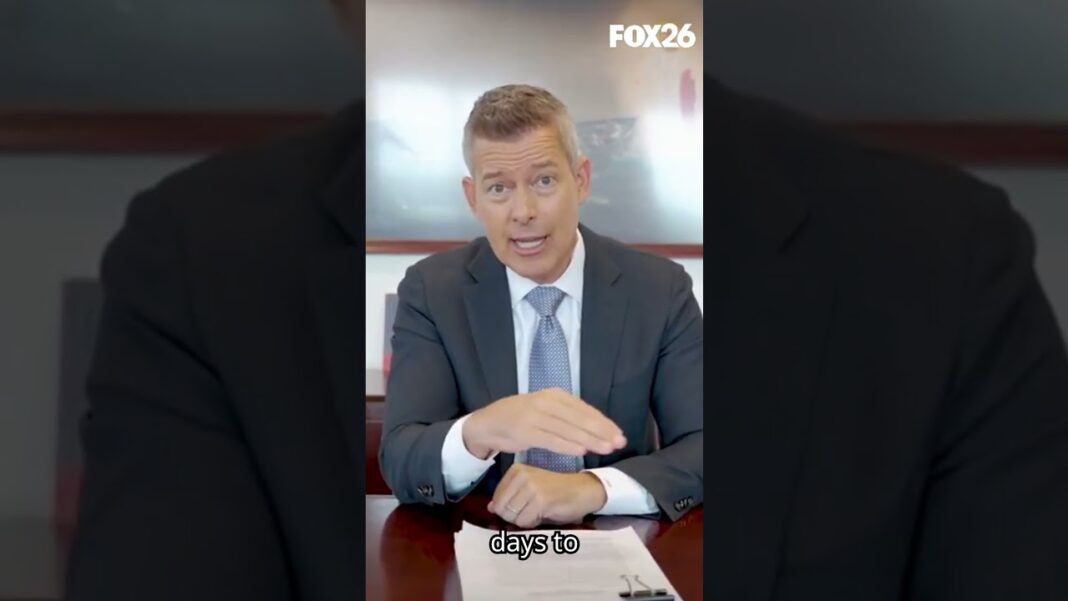The Congressional Budget Office projects major revenue gains with moderate economic drag from the president’s sweeping tariff policies.
President Donald Trump’s tariffs would cut federal deficits by $2.8 trillion over the next decade, according to a new analysis by the Congressional Budget Office (CBO), which found that the fiscal gains from higher tariff revenues would far outweigh the slight drag on economic growth and modest uptick in inflation.
The tariffs imposed by Trump between January and May of this year on a range of goods would lower federal borrowing, reducing interest costs by $500 billion and bringing total deficit reduction to $3 trillion through 2035 before accounting for economic impacts, CBO said in a June 4 letter to Senate Democratic leaders. After factoring in the economic impact—slightly slower growth and higher prices—the total net reduction in projected deficits comes to $2.8 trillion.
The agency projects that real U.S. gross domestic product (GDP) will be 0.6 percent lower by 2035 than under previous baseline forecasts, which did not incorporate the tariffs. Inflation is expected to rise by an average of 0.4 percentage points in both 2025 and 2026, with the price impact leveling off thereafter. Still, despite the economic tradeoffs, the agency said the tariffs would leave the federal budget in significantly better shape over the long term.
The budget office’s model assumes that the tariffs, announced through executive action, will be in place permanently. It’s an assumption that CBO acknowledges is “subject to significant uncertainty,” given the possibility of policy changes or carveouts. Trump has already paused or modified portions of his latest tariff plans, and during his first term, many duties were paired with exemption programs for select importers.
“If such mechanisms are implemented again,” the agency wrote, “that could substantially reduce the tariff duties collected and thus the change in deficits associated with the policies assessed here.”
CBO also noted that the unprecedented scale of the current tariff increases makes it difficult to predict precisely how consumers and businesses will respond. Depending on how trade patterns adjust, actual revenue could fall short—or exceed—current projections, with the outcome tied to how responsive buyers are to price changes and how businesses reorganize supply chains.
By Tom Ozimek








